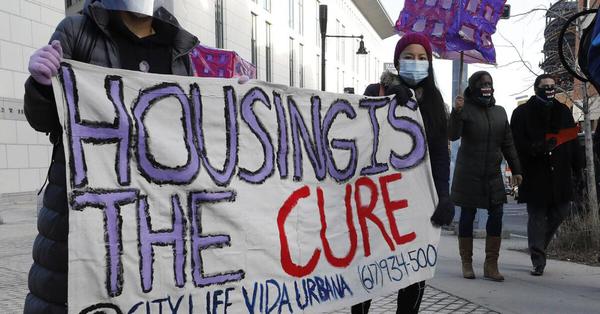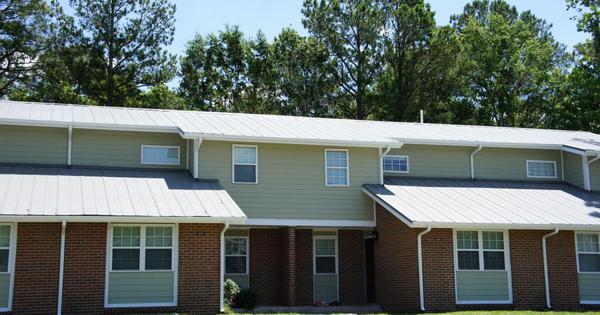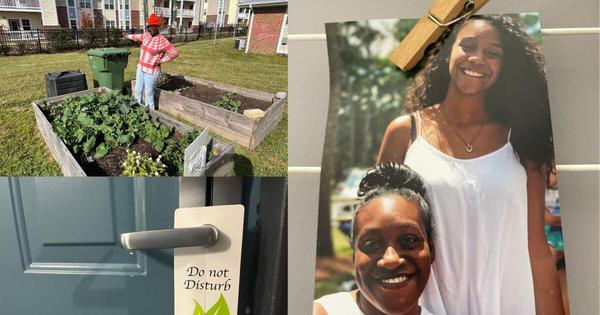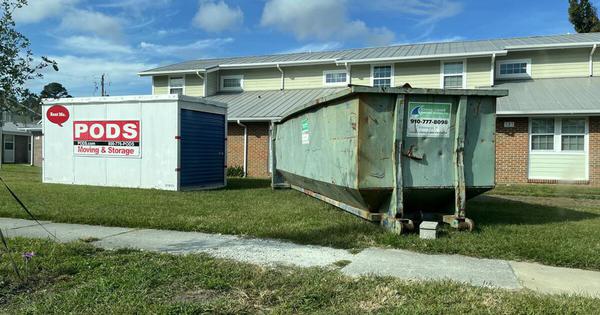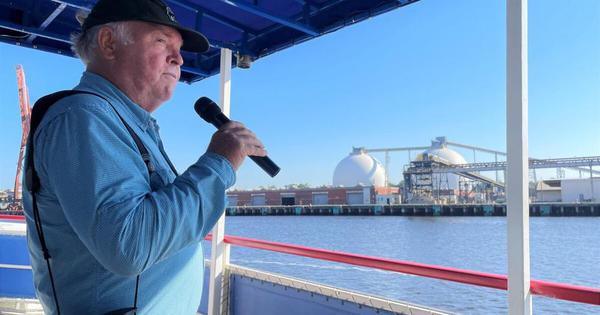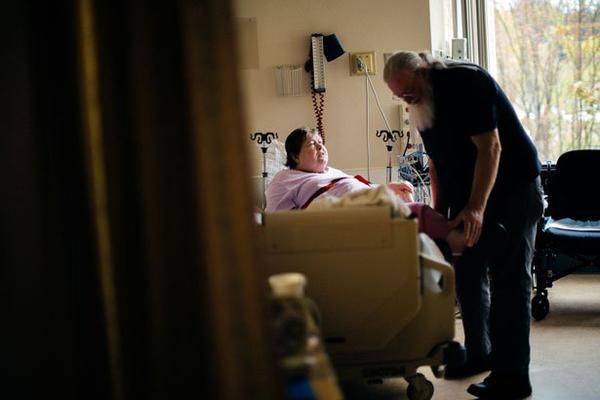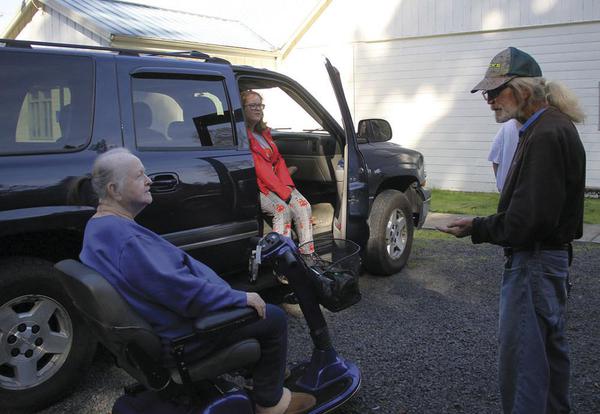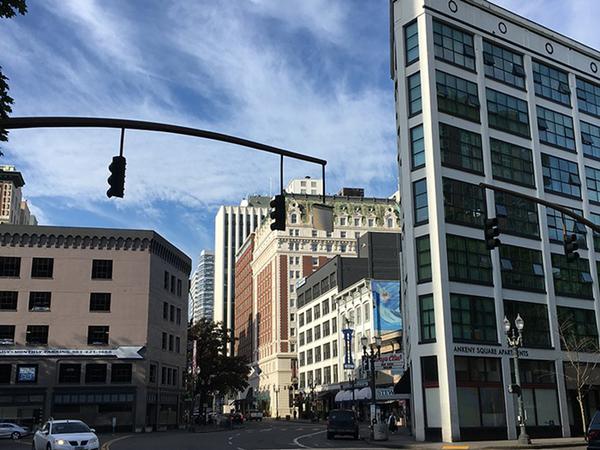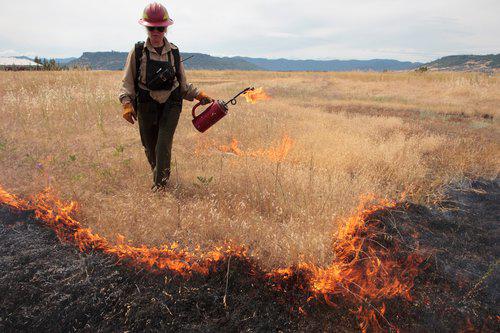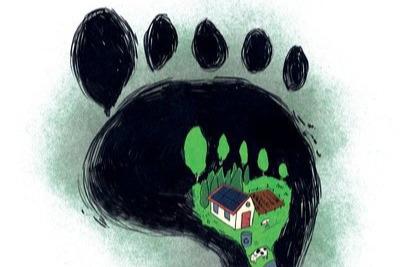Gentrification in Wilmington Part II: The data, the struggle, and the solutions
Wilmington's downtown was once extremely segregated, with certain neighborhoods almost exclusively Black, and others almost exclusively white. That's changing, as waves of white residents move into Black neighborhoods — but the inverse isn't happening to nearly the same degree. Black residents are losing ground, and under the current housing crisis, it's almost a zero-sum game. So what is causing this economic pressure? And what could be done to change it?
Listen to Part 1: The changing face of

